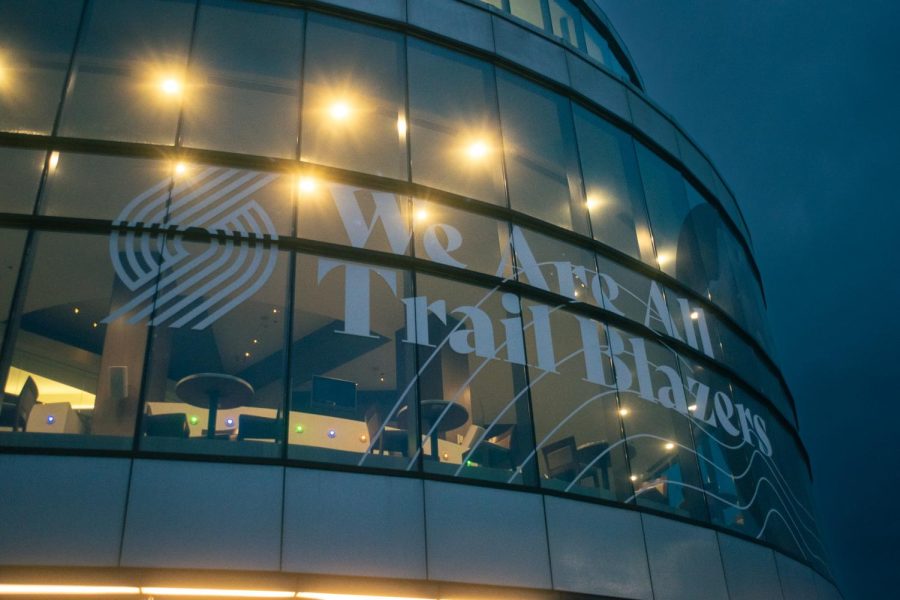The Trail Blazers Needed a Reset — And They Got One
Just by trading CJ McCollum, the Blazers have cleared out millions in salary-cap space, while also getting out of McCollum’s crippling contract.
March 2, 2022
After this year’s trade deadline, just about every Blazers fan on earth is in uproar over the team’s questionable moves. Feb. 9 saw franchise icon CJ McCollum dealt to the Pelicans for seemingly nothing in return, which followed the already surprising trades of Norman Powell and Robert Covington.
Well, I’m here to tell you that these trades were smart. Even better, they were exactly what was needed to be done.
You may think I’m crazy, but let me explain myself.
First of all, the biggest thing the Blazers did around this deadline was free up cap space. In today’s NBA, the salary cap, which is the most a team is allowed to pay its players, usually dictates what a team can do in the offseason. And cap space is the amount of money a team is able to spend.
CJ McCollum is a fine player, sure, but we also would have had to pay him $36 million every year until 2024 because of the monster extension he signed last offseason.
In return, we got Josh Hart, Nickeil Alexander-Walker (who was immediately traded), Tomas Satoransky, and a top-5 protected first-round pick. Hart is essentially a poor man’s CJ, but he also has a much better contract, only being owed around $12 million per year.
Satoransky is the more interesting option, though, because his $10 million deal expires this offseason, freeing up cap space.
So just by trading CJ, the Blazers have cleared out millions in salary-cap space, while also getting out of McCollum’s crippling contract.
That’s not all, though. The Blazers were also able to deal Powell and Covington, two players who were massively overpaid by former general manager Neil Olshey, for more expiring deals.
Add this to the expiring contract of Joe Ingles that the Blazers traded for, and the Blazers should have around $60-70 million in cap space this offseason. That’s a lot of money to spend, and it gives the Blazers a lot of options.
This money can be used to sign free agents. However, this is unlikely since Portland is probably the least attractive free-agent destination in the NBA due to its high-income tax and small market size.
The more attractive option is to trade for a real superstar to run alongside Damian Lillard. We just saw James Harden force his way out of Philadelphia a couple of weeks ago. It’s really likely that a superstar on his level will be unhappy and request a trade.
Portland will have the requisite cap room to go after a star. It also has two potential lottery picks, one of which might be in the top five, and tantalizing young talents like Anfernee Simons and Nassir Little.
The Trail Blazers were getting nowhere with Lillard and McCollum. Lillard’s championship window is closing quickly. We’re wasting our franchise’s greatest player.
If the Blazers wanted to truly build around Lillard, they needed to do a complete reset — and that’s exactly what they did.
Now, the Blazers have given themselves the flexibility to do whatever they want this offseason. They’re in the unique position of being able to accrue young talent while also having the ability to trade for another superstar.
It may not be sexy, but this is the best chance the Blazers have to win a championship with Damian Lillard.





